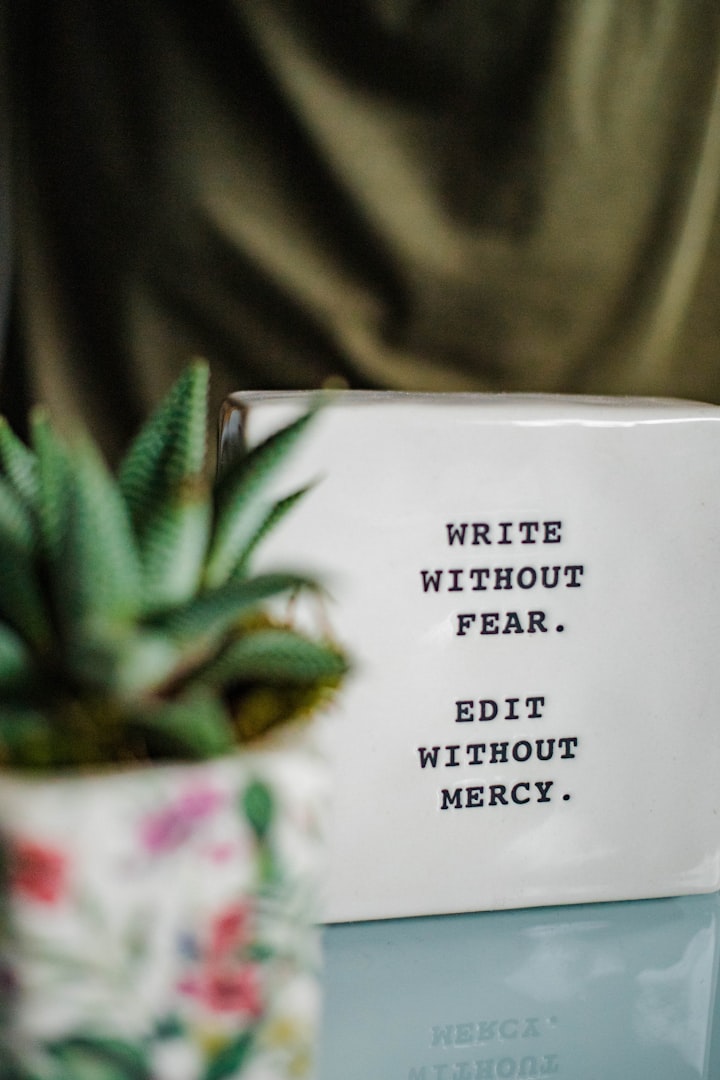Mastering the Art of Essay Writing
Understanding the Basic Structure of Essay Writing

Peeling back the layers of essay crafting can reveal an empowering skill set capable of influencing grades, careers, and even the nuances of daily communication. This exploration into "Mastering the Art of Essay Writing" is not merely an examination of the method but an invitation to transform the very writing that flows from your pen.
Introduction to the Craft
Essay writing, arguably one of the most fundamental forms of academic writing, demands a blend of art and structure. Much like a finely tuned instrument, the flow of an essay's narrative requires harmony between grammar, argument, and creativity. In classrooms and beyond, the essay has long been heralded as the vehicle through which critical thought is conveyed and dissected. To excel in the art of essay writing is to harness the ability to influence and articulate a response to the world's most complex questions.
Understanding the Essay Writing Landscape
Before one sets out to scale the peak of composing the 'perfect' essay, it's pivotal to understand the terrain. Essays can be as diverse as the species in the Amazon, taking on various forms such as argumentative, descriptive, narrative, or even combination thereof. Each type has its unique approach and serves a different purpose, be it to convince, inform, or report. The structure, a pillar of essay writing, includes an introduction that sets the stage, a body that delivers the message, and a conclusion that ties the thoughts together in a neat package. Adopting a clear and consistent structure is the scaffolding on which a compelling essay is built.
Types of Essays:
Argumentative Essays: These require the writer to take a stance on a given topic and defend it with evidence and reasoning, persuading the reader to the writer's perspective.
Descriptive Essays: Focusing on detailing the characteristics of a person, place, or thing, these essays often utilize the senses to paint a vivid picture for the reader.
Narrative Essays: They encompass storytelling elements, typically writing from the author's viewpoint and incorporating specific details to engage the audience.
Essay Structure:
Introduction: The starting point of an essay, which includes a hook to grab the reader’s attention, background information, and a thesis statement that articulates the main argument.
Body: The middle section of an essay, where the argument is developed and supported by evidence and analysis.
Conclusion: The closing section, summarizing the main points, restating the thesis, and providing a sense of closure to the reader.

Tips for Effective Essay Writing:
- Craft a clear thesis statement that directly addresses the essay prompt.Use topic sentences at the beginning of each paragraph to maintain focus.
- Employ transitional words and phrases to guide the reader between ideas and sections.
- Ensure your essay has a coherent and logical flow, with each paragraph contributing to the overall message.
Enhancing the Brushstrokes: Tips for Improving Your Essays
Taking your essay skills to the next level isn't just about typing faster or producing more words; it’s about honing the craft with each composition. Research is the fine-tuning that adds depth and breadth to your arguments, while outlining helps to keep your narrative on course and organized. Finally, evidence and citations serve as the color palette that adds credibility to your work.
Research Techniques:
- Identify key search terms and concepts.
- Navigate different sources like books, articles, and digital libraries.
- Keep notes organized and cite properly to avoid losing track of references.
Outlining and Organizing Ideas:
- Create a detailed outline to plan the structure of your essay.
- Group similar ideas together for a cohesive argument.
- Revise and refine the outline as you gather more information.
Incorporating Evidence and Citations:
- Utilize credible sources that reinforce and support your argument.
- Properly cite all borrowed information to give credit and avoid plagiarism.
- Integrate quotations and paraphrases seamlessly into your writing to enhance your analysis.
Writing with Noir: Common Essay Writing Mistakes to Avoid
No masterpiece is without its errors, and the art of essay writing is no different. Plagiarism is one of the cardinal sins, presenting another's work as your own. Lack of coherence can often mean a narrative that is both aimless and difficult to follow for the reader. And lastly, the neglect of revision and proofreading can tarnish an otherwise brilliant essay.
Plagiarism:
- Understand the different forms of plagiarism and the consequences associated with it.
- Use proper citation methods for all borrowed material.
- Learn to effectively paraphrase while still maintaining the original author's intended message.
Lack of Coherence:
- Ensure each paragraph connects logically to the one preceding it.
- Use transition words and phrases to signal shifts in the argument or narrative.
- Craft a clear and coherent thesis that is supported by the essay’s content.
Neglecting Revision and Proofreading:
- Step away from your essay for a period before revisiting to have a fresh perspective.
- Utilize peer review to gain insights into areas that may need revision.
- Use spell check, grammar check, and proofreading strategies to catch any errors or inconsistencies in your writing.
Sharpen Your Quills: Resources and Tools for Essay Writing
Today's technology-rich ecosystem offers an array of writing platforms, reference materials, and tools that can guide and support your penmanship. Online writing platforms foster collaboration and feedback, reference materials offer a vast library of knowledge, and grammar and plagiarism checkers act as sentinels, guarding against errors.
Online Writing Platforms:
- Familiarize yourself with platforms like Google Docs or Dropbox Paper for ease of collaboration.
- Join writing communities or forums to connect with other writers and gain valuable feedback.
- Utilize online writing resources such as the Purdue OWL or your institution’s writing center.
Reference Materials and Guides:
- Explore online libraries and databases such as JSTOR, PubMed, or Google Scholar for academic resources.
- Refer to style guides like APA, MLA, or Chicago for formatting and citation requirements.
- Invest in physical or digital copies of writing and grammar reference books for quick access to information.
Grammar and Plagiarism Checkers:
- Use tools like Grammarly or Turnitin to proofread your essays for grammatical errors and plagiarism.
- Take advantage of the automatic suggestion feature for effortless fine-tuning.
- Understand the limitations of these tools and always perform a manual review for complete assurance.
The Everlasting Quest for Mastery
The exploration we've embarked upon is but a fraction of the grand map that is essay writing. The nuances are as endless as the desert's sand, and the quest for perfection, much like a mirage, continually eludes our grasp. Yet, it is in the writing itself — the practice, the feedback, and the conscious effort to grow — that we inch closer to the mastery we seek.
In the saga of essay writing, continue to challenge form, welcome critique, and betray comfort. Gradually, your command over commas, your precision with paragraphs, and your knack for narrative will not only garner accolades but forge a unique voice that echoes across the vast canyons of academia. This is the true reward of essay writing — a voice that resonates not simply because it exists within the confines of paper and ink but because it speaks with the clarity, conviction, and grace of one who has dedicated themselves to the craft.
About the Creator
Rayan Smith
Hello Guys! My name is Rayan Smith a professional blogger and academic advisor. I love to share my knowledge with students for improving their academic performance.






Comments
There are no comments for this story
Be the first to respond and start the conversation.